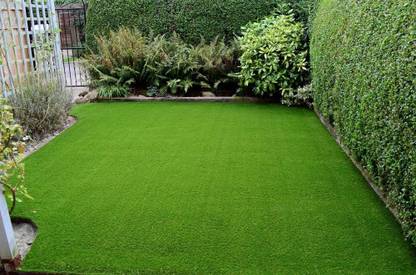Artificial grass can be used for a variety of reasons. Sometimes it is used to replace turf in fields, recreation areas, and commercial settings. Other times artificial grass is used as an accent to improve the look of a room.

Image Source:Google
There are many different ways to use artificial grass, so it is important to choose the right situation and use the right type of artificial grass for the job.
There are a few things to consider when choosing artificial turf.
The first is the surface. There are several types of artificial turf, each with its own advantages and disadvantages. Some surfaces are more durable than others and may last longer before needing replacement. Another factor to consider is the installation process. Some artificial turf systems are easier to install than others, making them suitable for larger spaces or situations where a quick turnaround is needed.
What are the Benefits of Artificial Grass?
Here are just a few of the reasons why artificial grass is so appealing:
1) Artificial turf is affordable. It doesn’t require mowing, watering, or fertilization, which makes it a more budget-friendly option than traditional grass.
2) Artificial turf is green. Unlike traditional lawns, artificial turf never needs to be mowed or cared for; it will stay green year-round thanks to its synthetic material.
3) Artificial turf is durable. Unlike traditional lawns, which can easily become worn down from traffic and weather conditions, artificial turf stands up to both wear and tear.
4) Artificial turf is fire resistant. If your home or business does have a fire hazard, installing artificial turf will help to protect the building from damage.

